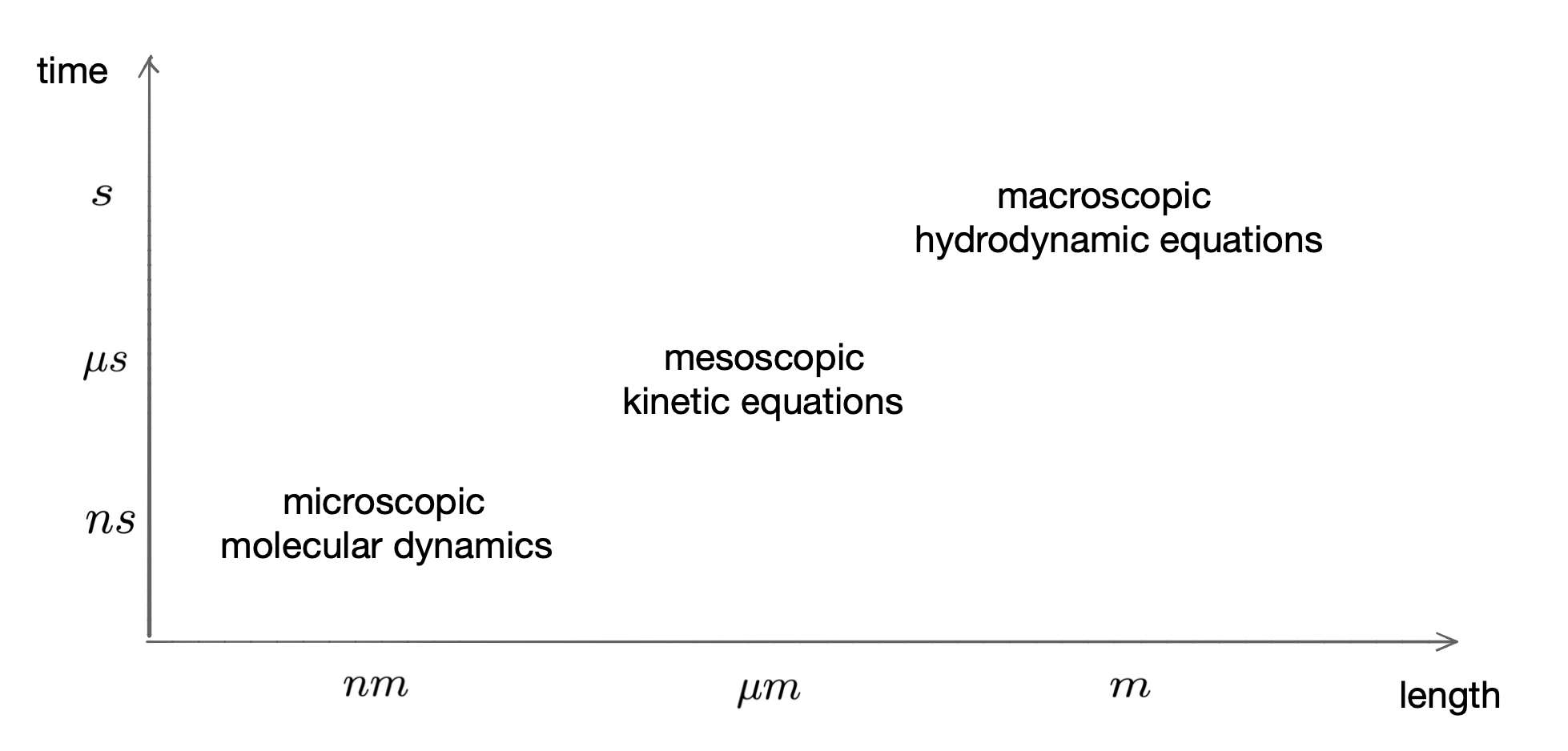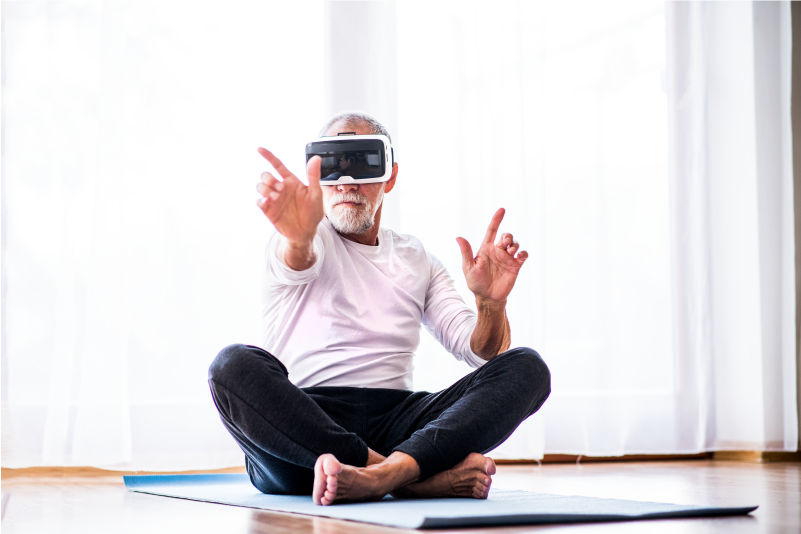
About the Hong Kong Laureate Forum
Welcome to the March 2021 issue of the newsletter of the Hong Kong Laureate Forum!
"Science Hunt" online quiz game is coming to an end! We launched the Game last October and deadline for submission of answers for last round of games is 5 April. It has been almost six months since we launched the Game, we are excited to see enthusiastic participation from the community. There are more than 3,000 entries so far, some participants also further enquired about the answers and explanations after we published them on our website, hoping to gain more scientific knowledge.
We would like to take this opportunity to thank our local scientists and organisation for their assistance in providing questions, answers and explanations and to further answer participants’ enquiries in a professional manner. They are:
• Prof Jason CHAN, HKUST
• Dr CHAN Man Ho, EdUHK
• Prof CHU Ming Chung, CUHK
• Dr HO Koon Sing, HKBU
• Prof Tjonnie LI, CUHK
• Consulate General of France in Hong Kong & Macau
Don’t forget that we also have lucky draws for the Grand Prize, Active Participation Prize and Lucky Prize in mid-April. In May, we will launch a new game about interesting scientific terms.
On the other hand, the first-tier review of applications for the inaugural Hong Kong Laureate Forum has been completed, more information on the inaugural Forum will be published on our website and social media, please stay tuned!
Trade Promotion Competition Licence No.: 53749-50
Prophecy Fulfilled?
Reviewing Half a Decade of Gravitational Waves
In 2016, the Shaw Prize in Astronomy was awarded to Ronald Drever, Kip Thorne and Rainer
Weiss for conceiving and designing the Laser Interferometer Gravitational-Wave Observatory
(LIGO). In particular, the award statement includes the phrase "whose recent direct detection of
gravitational waves opens a new window in astronomy". Some five years after the first
observation of gravitational waves (from the merger of a pair of black holes), it is worth
reviewing whether a new window in astronomy has indeed been opened.
Discoveries from a Wealth of Data
The first discovery of gravitational waves was made during the first so-called observation run,
extended stretches of data taking, between September 2015 and January 2016. During this first
observation run, Advanced LIGO made two detections of gravitational waves, both originating in
the collision of two black holes.
Since the award of the 2016 Shaw Prize, Advanced LIGO has conducted two more observation
runs. Altogether, the two Advanced LIGO detectors have generated terabytes of data in which
faint traces of gravitational waves are buried within the noise. The data is being searched using
complex algorithms, which take months to analyse and verify potential gravitational-wave
events.
The periods in between observation runs are used to enhance the sensitivity of the detectors.
For example, in the interval between the first two observation runs, the sensitivity of both
Advanced LIGO instruments was improved by about 20%, which equals being able to observe
70% more signals (the volume grows with the cube of the distance).
The second observation run was conducted between November 2016 and August 2017. This
observation run lifted the total number of detections to 11. The third observation run started in
April 2019 and ran until March 2020 when the observation run was suspended due to the
COVID-19 pandemic. So far, the data so reported up to October 2019, had added 39
gravitational-wave events to the 11 from the first two observation runs.
Indeed, as improbable as it seems, the detection of gravitational waves has now become
commonplace, only five years after the first detection in September 2015. With now 50
gravitational-wave detections we are better able to explore the population of black holes and
neutron stars throughout the Universe. This proliferation of gravitational-wave observations has
enabled us to generate some exciting new insights.

A Study on Multiscale Kinetic Models with Uncertainties
Kinetic equations are widely used in many important areas
such as rarefied gas, plasma physics, astrophysics, and have also seen a host of new
applications such as semiconductor device modeling, environmental, social and
biological sciences. They describe the non-equilibrium dynamics of a gas system
composed of a large number of particles. The solutions to kinetic models determine
the probability density functions of the dynamical states of a large number of
particles, which usually depend on time, space and velocity. Kinetic equations bridge
atomistic and continuum models in the hierarchy of multiscale modeling. The
diagram below shows where kinetic equations stand in the hierarchy of different
physics models from microscopic to macroscopic:
 Figure 1: Physics models of different scales.
Figure 1: Physics models of different scales.
The Boltzmann equation, founded by Ludwig Boltzmann in 1872, is one of the most
important examples of kinetic models. It is an integro-differential equation that
describes particle transport and binary collisions of a rarefied mono-atomic gas. In
the past decades, there have been enormous studies on the Boltzmann equation,
both in theory and numerical computation.
As for applications of kinetic models, for example, aerospace activities arise in many
problems of rarefied gas dynamics. A rich harvest of research activities was achieved
in the last fifties and sixties thanks to the spectacular space programs, which led to
numerous theoretical and experimental problems concerning flows of neutral and
ionized gases.
One of the most significant
applications are flows over reentering vehicles, in particular kinetic heating, drag and
energy balance of satellites, the exhaust volume of rockets operating at extreme
altitudes and in space, design high-atmosphere sounding devices, production of gas
clouds at extreme altitudes, etc. The Boltzmann equation also has extensive and
important applications in other fields, such as astrophysics, plasma physics, design of
particle accelerators or semiconductor devices and so on.
Technology Adoption among the Elderly – Smart Older Adults in the New Decades

Information and communication technology (ICT) keeps advancing at a skyrocketing speed and complexity. Meanwhile,
many developed societies are seeing an ageing population as a result of advancement in modern medicine as well as
improvement in nutrition and public health. Indeed, in the case of Hong Kong, the number of persons aged 65 and above is
projected to account for over 25% of the population in 2030, up from just over 16% in 2017. Adoption of the technology,
however, has not been widespread in the elderly population. Many elderlies often have mixed views about the use of
technology. Some consider new technology as being complicated and not user-friendly. Costs and privacy are also common
concerns. To promote technology adoption among the elderly, family members’ support is often the key. Manufacturers can
also assist by improving the products through creating simple and user-friendly devices. Governments may facilitate the
adoption by encouraging or even working with non-government organisations (NGOs) to organise promotional activities,
coaching sessions and providing continuous support. Technology can enhance the quality of life of the elderly, whether in
sickness or in health. Potential benefits are countless.
Healthy Ageing
According to the World Health Organisation (WHO, 2020), healthy ageing "is about creating the environment and
opportunities that enable people to be and do what they value throughout their lives". It is a process of maintaining and
developing their functional abilities, which could meet their basic needs, keep their mobility, ensure they can build and keep
relationships, continue to learn and make decisions as well as contributions to the society. There is an intrinsic correlation
between individuals and the environment, which can be the home, community with relationships among people, as well as
social policies and system. Individuals’ capacities are also related to physical and mental abilities like memory, hearing and
vision, that can be affected by age.
Healthy ageing encompasses active ageing, which requires actions from different bodies and parties to provide resources to
the family as well as community. In the local context, to promote healthy ageing, many government departments and public
organisations are responsible for elderly services such as the Elderly Health Service under the Department of Health (2018)
and The Chinese University of Hong Kong Jockey Club Institute of Ageing, which provide education to elderly on how to
age healthily in the aspect of eating habit, mental health, relationship, technology, etc. Among all, technology is becoming
the key element in promoting healthy ageing.

CAR-T Cells: The Programmed Cancer Killer
Enter the Chimera
Cancer is undoubtedly one of the most dreaded maladies known to humans. It is defined as a
condition where cells proliferate uncontrollably. Besides surgery, conventional cancer
treatments include radiotherapy and chemotherapy that aim at selectively killing cancer cells.
However, this is often accompanied by unwanted side effects, as these therapies tend to kill
off healthy cells as well. Fortunately, recent developments of immunotherapies allow us to
fight cancer in a more precise manner, with our own immune system. Enter the Chimera – the
renowned chimeric antigen receptor T cell (CAR-T cell) therapy, a man-made hybrid created
for the sole purpose of eradicating cancer. The idea of this therapy is to extract a type of
immune cell known as T cells from the patient, genetically engineer them into CAR-T cells in
vitro, and infuse the transformed cells back into the patient’s body. With the newly gained
ability to recognise and attack cancer cells, CAR-T cells are almost like a "living drug"
against cancer, fighting them off cell by cell!
Background Information – Immune Cells at Work!
CAR-T cells are constructed based on our current understanding of immune cells, which is a
part of our natural defense mechanism for dealing with infections and diseases in our body.
Here’s some background information about our immune cells related to the therapy.
Exploration of Mars IV
We mentioned in previous issues of our newsletter, that China, the UAE and the US
had successfully launched their Mars probes during the launching window in July last
year. After more than half a year of space travel, the three Mars probes, namely,
"Tianwen-1" of China, "Hope" of the UAE and "Perseverance" of the US have arrived
their destinations and started their missions.
The probes from the three nations have their own missions, but all of them are trying to study and learn more about the red planet. Exploring Mars was never easy and scientists are working hard to overcome different challenges. We hope that with more experience in exploring Mars and technology breakthrough, future Mars missions will be even more successful!
|
|
|
|